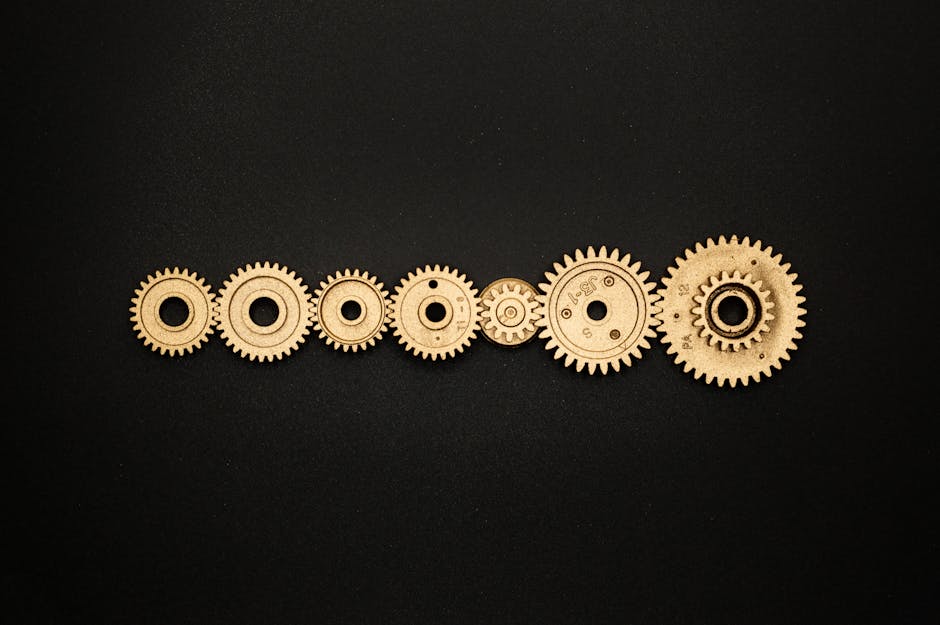Can You Sharpen Trauma Shears? Find Out Here!
Trauma shears are an indispensable tool for medical, emergency, and tactical professionals. Unlike ordinary scissors, trauma shears are uniquely designed to perform under pressure, providing quick and precise cuts through a wide range of materials. From cutting through thick fabrics like denim and leather to slicing through medical gauze and bandages, these shears are built to handle it all. Their sharp, angled blades often feature a serrated edge, which enhances their cutting ability and prevents slippage, ensuring safety and efficiency.
Moreover, trauma shears are crafted with durability in mind. Constructed from high-grade stainless steel, they are resistant to corrosion and wear, making them long-lasting even in challenging environments. The ergonomic design of the handles allows for a comfortable grip, reducing hand fatigue during prolonged use. This feature is particularly crucial for professionals who rely on these tools during critical moments.
Understanding the functionality of trauma shears highlights their significance in emergency situations. They are not just a tool but a lifeline, enabling professionals to act swiftly and effectively. For those who save lives, the reliability of trauma shears is paramount. If you want to explore more about our premium trauma shears and how they can support your critical tasks, find out more on our website.
Reasons to Sharpen Trauma Shears

As a vital tool in emergency and medical settings, maintaining the sharpness of trauma shears is crucial for ensuring their effectiveness. Over time, even the most robust shears can lose their edge due to frequent use. **Dull blades** can hinder a professional's ability to make swift, clean cuts, potentially delaying critical interventions. This can be especially problematic when dealing with thick fabrics or tough materials that require more force and precision.
Sharpening trauma shears not only restores their cutting efficiency but also extends their lifespan. Regular maintenance ensures that the shears remain in optimal condition, reducing the risk of blade damage or the need for premature replacement. Furthermore, sharp trauma shears can significantly enhance user safety. A clean cut minimizes the chance of snagging, tearing, or causing unintended harm, which is paramount in high-pressure situations where every second counts.
Additionally, keeping trauma shears sharp is cost-effective. By investing a small amount of time in regular sharpening, professionals can avoid the more significant expense of purchasing new tools frequently. It is a proactive measure that ensures readiness and reliability in any emergency scenario. Ultimately, the ability to maintain sharp trauma shears is part of a broader commitment to quality care and preparedness in life-saving professions.
Tools Needed for Sharpening Trauma Shears

When it comes to sharpening trauma shears, having the right tools is essential to ensure precision and effectiveness. Depending on the condition of your shears and the sharpness you aim to achieve, you might require a combination of tools. **Whetstones** or diamond sharpeners are popular choices for those looking to maintain a fine edge. These tools come in various grits, with coarse options for initial sharpening and fine grits for honing the blade to a razor-sharp finish.
For those who prefer more automated solutions, electric sharpeners can provide a consistent edge with minimal effort. These devices are designed to accommodate different blade angles, making them versatile for various types of shears. However, it is crucial to select a model that is compatible with the specific design and material of trauma shears to avoid accidental damage.
In addition to sharpening tools, a **soft cloth** or microfiber towel is necessary for cleaning the blades after sharpening. This step is vital to remove any residual metal filings and ensure the shears are safe for use. Some professionals also recommend using a light coat of oil post-sharpening to protect the blades from rust and corrosion, especially if the shears are frequently exposed to moisture.
Finally, it is important to have a secure, non-slip surface to work on while sharpening to ensure safety and accuracy. A stable workstation prevents accidents and allows for better control during the sharpening process. With the right tools on hand, keeping trauma shears in top condition becomes a straightforward task that enhances their performance and longevity.
Step-by-Step Guide to Sharpening
Sharpening trauma shears is a meticulous process that requires attention to detail for optimal results. Follow these **step-by-step instructions** to restore your shears to their original sharpness, ensuring they remain reliable in critical situations.
- Preparation: Begin by cleaning the shears thoroughly with soap and water to remove any debris. Dry them completely with a soft cloth to prevent rust.
- Disassembly: If possible, disassemble the shears to separate the blades. This allows for more precise sharpening and prevents any obstruction.
- Sharpening: Using a whetstone or diamond sharpener, start with the coarse grit. Hold the blade at a consistent angle (usually around 20 degrees) and gently slide it along the stone in one direction. Repeat this motion several times, maintaining even pressure.
- Honing: Switch to a finer grit stone to hone the blade. This process polishes the edge and enhances its sharpness, crucial for clean cuts during use.
- Reassembly: Once both blades are sharpened, carefully reassemble the shears. Ensure all screws are tightened properly to maintain the alignment and function of the shears.
- Testing: Test the shears on a piece of paper or fabric to check the sharpness. If necessary, repeat the honing process to achieve the desired edge.
- Maintenance: Apply a light coat of oil on the blades to prevent corrosion, and store them in a dry place to preserve their condition.
By following these steps, you can ensure that your trauma shears are sharp and ready for action, providing precise cuts when it matters most.
Maintaining Trauma Shears for Longevity

To ensure that your trauma shears remain in top condition for years to come, regular maintenance is essential. Proper care not only extends the lifespan of your shears but also guarantees their performance in critical moments.
Regular Cleaning: After each use, clean your shears with warm soapy water to remove any biological contaminants or debris. It's important to dry them thoroughly with a soft cloth to prevent moisture buildup and rust formation.
Lubrication: Periodically apply a light oil to the pivot point of the shears. This helps maintain smooth operation and prevents squeaking or stiffness, ensuring that your shears open and close effortlessly.
Proper Storage: Store your trauma shears in a clean, dry place to avoid exposure to moisture and corrosive elements. Consider using a dedicated holster or case to protect them from damage during storage or transportation.
Regular Inspection: Routinely inspect your shears for signs of wear, such as dullness or misalignment. Early detection of issues allows for timely sharpening or repairs, maintaining their effectiveness and reliability.
Avoid Overuse: While trauma shears are designed for durability, excessive force or using them on inappropriate materials can cause damage. Reserve their use for intended purposes to avoid unnecessary wear and tear.
By incorporating these maintenance practices into your routine, you can ensure your trauma shears remain a dependable tool, ready to perform when seconds count. Such diligence not only preserves the tool but also upholds the trust placed in it by those who save lives.
When to Replace Trauma Shears

Even with meticulous maintenance, there comes a time when trauma shears must be replaced. Recognizing the signs that indicate it's time for a new pair can ensure you continue to have a reliable tool at your disposal.
Persistent Dullness: If your shears remain dull even after sharpening, it's a clear indication that the blades have reached their limit. Dull blades not only require more force but also compromise precision, which can be critical in emergency situations.
Visible Damage: Look for any chips, cracks, or bends in the blades. Physical damage can hinder performance and may pose a risk during use. If the integrity of the shears is compromised, it's safer to replace them.
Loose or Misaligned Blades: If the blades become loose or don't align properly despite adjustments, it may be time to consider a new pair. Misalignment can affect cutting efficiency and accuracy, potentially leading to errors.
Rust or Corrosion: While minor surface rust may be cleaned, significant corrosion weakens the structure of the shears, making them unsafe for use. If rust persists, replacement is advisable to ensure safety and hygiene.
Loss of Comfort or Grip: Handles that have become slippery, cracked, or uncomfortable to hold should not be overlooked. A secure grip is essential for control and precision during use.
Being proactive and replacing trauma shears when necessary ensures that you are always equipped with a tool that meets the high standards required in emergency and medical settings. For more information on high-quality trauma shears, visit our website at www.oneshear.com and explore our range of products designed for those who save lives.





